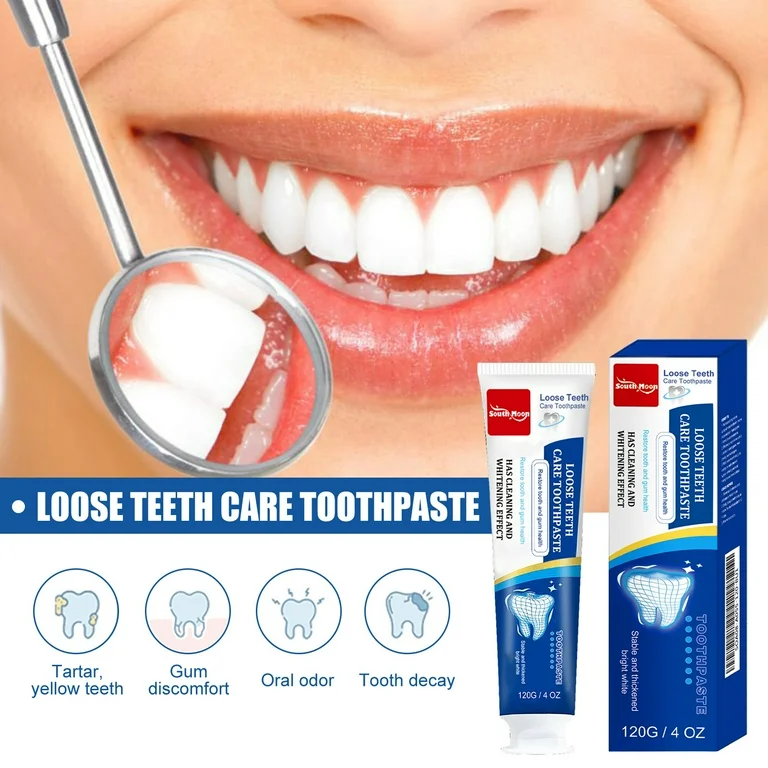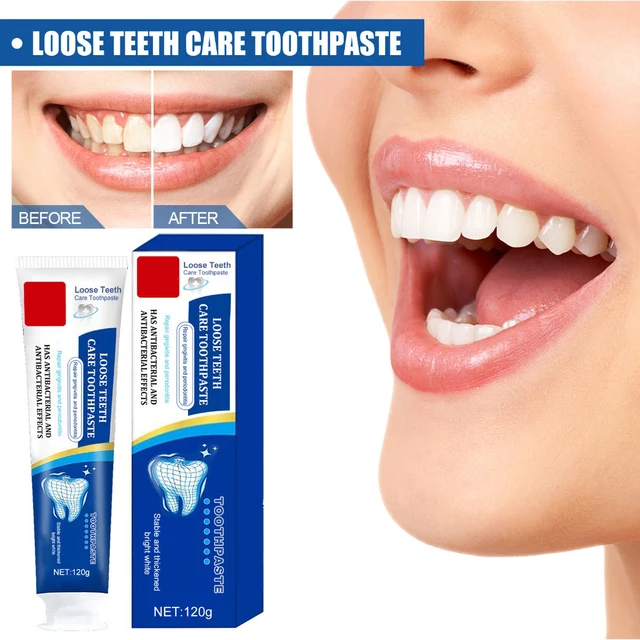
Guidelines for Toothpaste Use After Tooth Extraction
The Importance of Proper Aftercare Following Tooth Extraction
Proper aftercare is crucial after a tooth extraction. It helps speed up recovery and prevents complications. After extracting a tooth, patients face risks like infections and dry socket. Following the dentist’s guidelines reduces these risks significantly. Patients should avoid certain activities and foods. They should also follow specific oral hygiene steps. When can I use toothpaste after tooth extraction?Maintaining care according to your dentist’s advice is key. It ensures the extraction site heals properly and quickly. Always remember, good aftercare can lead to a smoother and faster recovery. Hence, investing time in following these steps closely is essential.
Immediate Post-Extraction Care
Careful attention immediately after tooth extraction aids in healing and reduces complications. When can I use toothpaste after tooth extraction?In the first day following your procedure, certain actions should be avoided to protect the newly formed blood clot in the extraction socket—the key to a smooth recovery.
First 24 Hours: Dos and Don’ts
During the initial 24 hours, do not rinse your mouth harshly. Also, avoid using any mouthwash or toothpaste. Excessive spitting can dislodge the healing blood clot, so steer clear of that. Activities like smoking or using straws can hamper healing, making them off-limits too.
Your focus should be on safeguarding the clot. Stick to soft foods and minimal mouth movement. If bleeding occurs, gently apply pressure with gauze as directed by your dentist. Begin gentle saltwater rinses – a teaspoon of salt in a cup of warm water – 24 hours after the extraction, taking care not to disturb the clot. This will help keep your mouth clean without introducing toothpaste too soon.
When questions like ‘when can I use toothpaste after tooth extraction’ arise, remember, each step serves a purpose in healing. Stick with these dos and don’ts for optimal recovery.

Maintaining Oral Hygiene Without Toothpaste
Even without toothpaste, keeping your mouth clean after an extraction is crucial. When can I use toothpaste after tooth extraction?This helps prevent infection and promote healing. Here’s how to take care of oral hygiene without toothpaste on the first day following your extraction.
Tips for the First Day After Extraction
- Use saltwater for rinsing: After 24 hours, gently rinse with a mixture of a teaspoon of salt in a glass of warm water. This cleanses without irritating the extraction site.
- Avoid vigorous rinsing: Be gentle to not dislodge the blood clot forming in the socket.
- Apply gauze pads: If bleeding occurs, softly bite down on gauze. This helps with clotting.
- Stay hydrated: Drink plenty of water, but don’t swish it around in your mouth.
- Rest well: Favor rest to help your body heal. Keep your head elevated to reduce swelling.
Remember to avoid over-the-counter mouthwashes or any rinsing agents that can disrupt the healing process. Ensure you’re following these simple yet effective steps to maintain oral hygiene post tooth extraction without using toothpaste.

Introducing Soft and Liquid Foods into Your Diet
In the first week after tooth extraction, the right diet can speed up healing. Your food choices matter. They help to form and protect the blood clot in the socket. This clot is vital. It prevents complications like dry socket.
Foods to Eat and Avoid in the First Week
In the days following your extraction, stick to soft and liquid foods. These include yogurt, applesauce, and smooth soups. They are easy on the extraction site. Chew on the side opposite the extraction site to avoid pressure.
Avoid crunchy, hard, or sticky foods that can disturb the clot. Nuts, chips, and candy fall under this category. Also, steer clear of spicy and acidic foods. They can irritate the wound. Hot drinks and alcohol are off-limits too. They can increase swelling and pain.
Keep these guidelines in mind as you plan your post-extraction meals. Choose wisely to ensure a smooth recovery. Soon, you can go back to enjoying your favorite foods, when healing allows.
When to Reintroduce Toothpaste
After a tooth extraction, patients usually ask, ‘When can I use toothpaste?’ The mouth must stay clean, but the extraction site needs gentle care. This means waiting a bit before using toothpaste.
Recommended Timeframe and Toothpaste Types
Most dentists suggest waiting 48 to 72 hours before using toothpaste. Each person’s healing is different, so it’s best to follow your dentist’s advice. When you start using toothpaste, pick a non-abrasive type. Aim for toothpaste with mild flavors to avoid irritating the wound.
- Wait 48 to 72 hours to use toothpaste.
- Follow your dentist’s specific instructions.
- Choose mild, non-abrasive toothpaste.
- Avoid whitening agents or strong flavors initially.
Gentle brushing is key after reintroducing toothpaste. Carefully clean around the extraction site but not over it. This helps keep the rest of your mouth clean without harming the healing area.

Brushing Technique After Tooth Extraction
Once the initial waiting period of 48 to 72 hours is over, and you can use toothpaste again, it is important to approach brushing technique with care. The extraction site is still raw and vulnerable to disturbance, so altering your usual brushing habits is essential to prevent problems during the healing process.
How to Clean Teeth Without Disrupting Healing
First and foremost, select a soft-bristled toothbrush to ensure minimal irritation to the sensitive areas of your mouth. When brushing:
- Gently brush your teeth, focusing on avoiding the extraction site.
- Use circular motions on the teeth and gum line, away from the extraction area.
- Rinse the toothbrush well before applying toothpaste.
- Apply a small, pea-sized amount of toothpaste to the brush.
- Take your time and do not rush the brushing process.
By following these brushing techniques, you can maintain oral hygiene without interrupting the healing process after a tooth extraction. If you ever feel unsure about when or how to brush after an extraction, remember that your dentist is the best source for advice tailored to your individual healing progress.
Recognizing the Signs That Indicate Need for Tooth Extraction
Recognizing when a tooth extraction is necessary is essential for maintaining oral health.When can I use toothpaste after tooth extraction? Tooth extraction might seem daunting, but it’s a common procedure performed by dentists to address a variety of issues. The decision to remove a tooth typically follows the evidence that other dental measures or treatments cannot restore the tooth.
Symptoms and Conditions Necessitating Extraction
Several symptoms and conditions may necessitate a tooth extraction. Knowing these can help you seek timely dental advice:
- Severe Pain: Persistent or unbearable tooth pain can indicate decay or infection that may require extraction.
- Damage Beyond Repair: Teeth that are fractured, chipped, or severely decayed and cannot be saved should be removed.
- Infection Risk: Extraction may be needed if tooth decay or damage extends into the pulp – the center of the tooth containing nerves and blood vessels.
- Crowding: Sometimes teeth are pulled to eliminate crowding and aid in the alignment of the remaining teeth.
- Periodontal Disease: Advanced gum disease might lead to the need for tooth extraction if it causes loosening of the tooth.
Always consult your dentist if you encounter these symptoms. They will help assess the issue and discuss whether tooth extraction is the appropriate solution.
Scheduling a Follow-up Appointment
After a tooth extraction, scheduling a follow-up appointment is crucial. This appointment helps ensure that your recovery is on track and there are no complications. You should typically schedule this visit shortly after your extraction. This allows the dentist to examine the healing process and address any concerns early.
The Role of Dental Consultation in Post-Extraction Recovery
During the follow-up, the dentist will check the extraction site to ensure it’s healing properly. They will also look for signs of infection or any unexpected changes in your oral health. This consultation is a good time to discuss any issues you’re experiencing. Examples include pain levels or problems with eating. The dentist might provide further care tips based on the progress of your healing. Such visits underline the importance of professional guidance in post-tooth extraction care.

Importance of Follow-Up Appointments
Follow-up appointments serve as key checkpoints in the recovery process. Dental professionals monitor healing and address any concerns. These visits ensure that the extraction site is healing correctly and that no complications arise. They also provide an excellent opportunity for patients to ask questions.
During these appointments, dentists evaluate the condition of the extraction site. They may offer additional advice on managing pain or discomfort. If recovery progresses smoothly, patients can gain confidence in reintroducing full oral hygiene practices. This reassurance plays a crucial role in establishing a healthy routine.
Additionally, follow-up visits allow for addressing any lingering issues. Patients can discuss their experience and express any concerns. These discussions often lead to tailored advice that can aid recovery. Overall, consistent communication with dental professionals proves beneficial during the recovery journey.
Establishing a Long-Term Oral Care Routine
Once healing has reached an appropriate stage, establishing a long-term oral care routine becomes essential. Regular, gentle brushing with toothpaste will help maintain oral hygiene. Choosing the right products offers added protection and care for sensitive gums. A proper routine ensures that the mouth remains clean and healthy.
Regular dental check-ups should become a part of this routine. Consistent visits to the dentist will help catch any emerging issues early. These appointments also contribute to overall oral health. Furthermore, asking questions about dental care can yield invaluable tips for long-term maintenance.
Incorporating a balanced diet rich in nutrients will benefit overall oral health. Foods that strengthen bones and promote healing should be emphasized. Likewise, understanding the importance of hydration reinforces good practices. Adequate hydration plays a significant role in oral care and recovery.
Conclusion
In summary, knowing when to use toothpaste after a tooth extraction is essential for effective aftercare. Following this process promotes healing and minimizes complications. Understanding the timeline for reintroducing toothpaste, as well as maintaining overall hygiene, is vital. Regular communication with a dental professional throughout this journey offers reassurance and guidance.
Recognizing individual healing processes plays a significant role in resuming oral care practices. Each individual’s timeline may vary based on their health and the complexity of the extraction. Patience combined with proper care creates a conducive environment for healing.
Long-term oral care routines that include gentle brushing, regular check-ups, and a balanced diet will help maintain oral health and wellness. Understanding these aspects will ensure individuals remain informed and prepared while transitioning back to their typical dental hygiene routine. Ultimately, investing time and attention into post-extraction care serves as the foundation for ongoing oral health.

